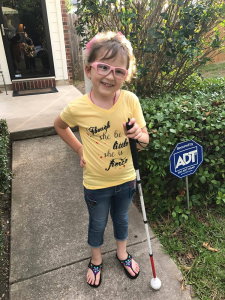Oncologist
When I first met Kiara’s oncologist, I was panicked and confused. Kiara was being rushed into emergency surgery to place an EVD to keep her brain from further herniating. We had just learned there was a tumor, but nurses, assistants, and practitioners didn’t want us to be “alarmed” or “worried” about the tumor — wait to worry, they said, until after the resection when the pathology report comes back. Yeah, right. Fortunately those days seem to race and crawl all at the same time, and Kiara’s oncologist was patient, reassuring, and informative.
An oncologist is a doctor who treats cancer. Usually, an oncologist manages a person’s care and treatment once he or she is diagnosed with cancer. The field of oncology has three major areas: medical (chemo), surgical, and radiation. Pediatric neuro-oncology is a very small and specialized field, so most of these oncologists know each other and are happy to collaborate for the best treatment possible.
If you start seeing an oncologist, you’re probably at the point where you’ll be going to a cancer center. With the oncologist comes a Nurse Practitioner, Nurses, Social Worker, Child Life Specialists, Nurse Navigator, and others that you’ll work with going forward.
